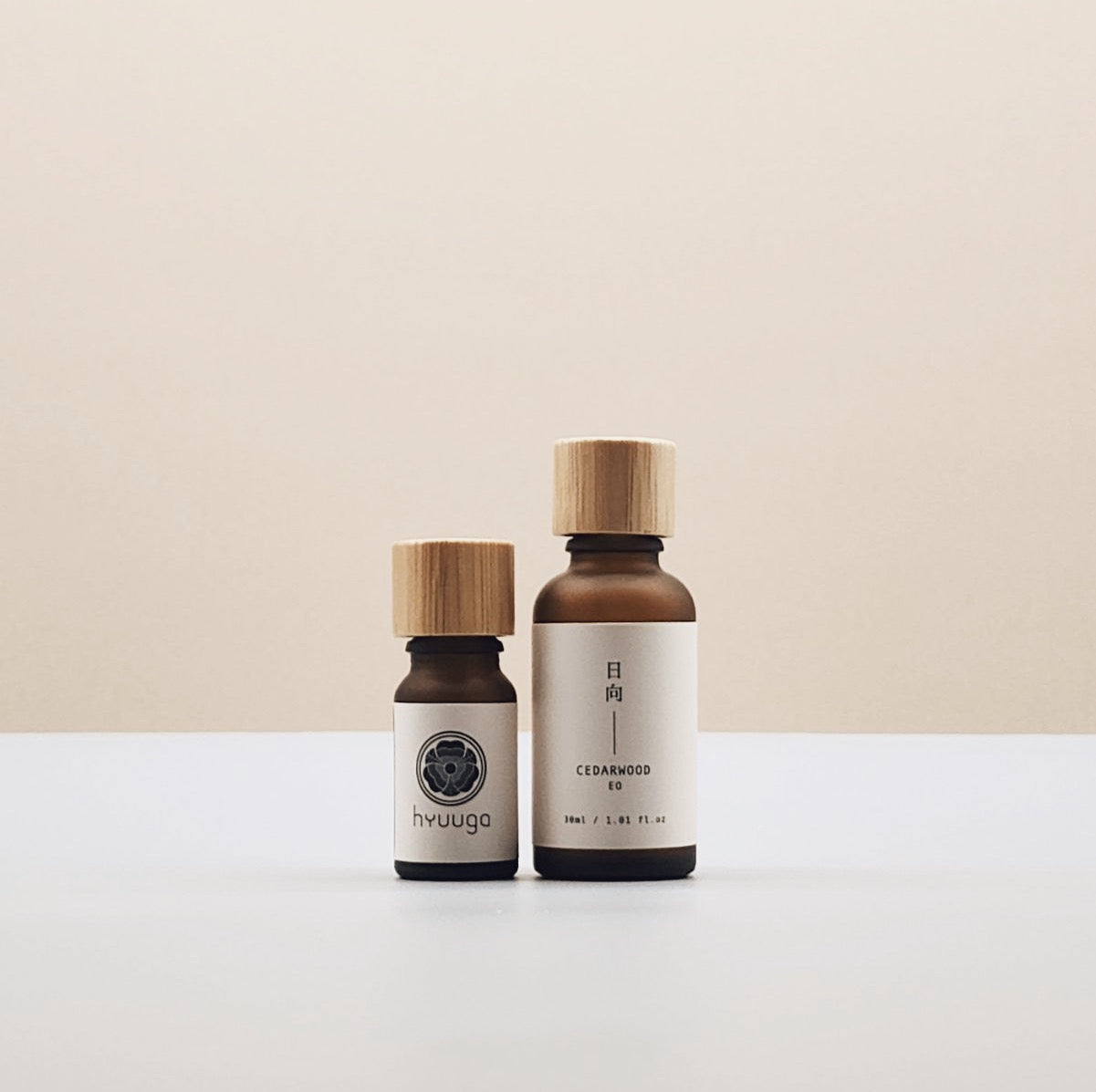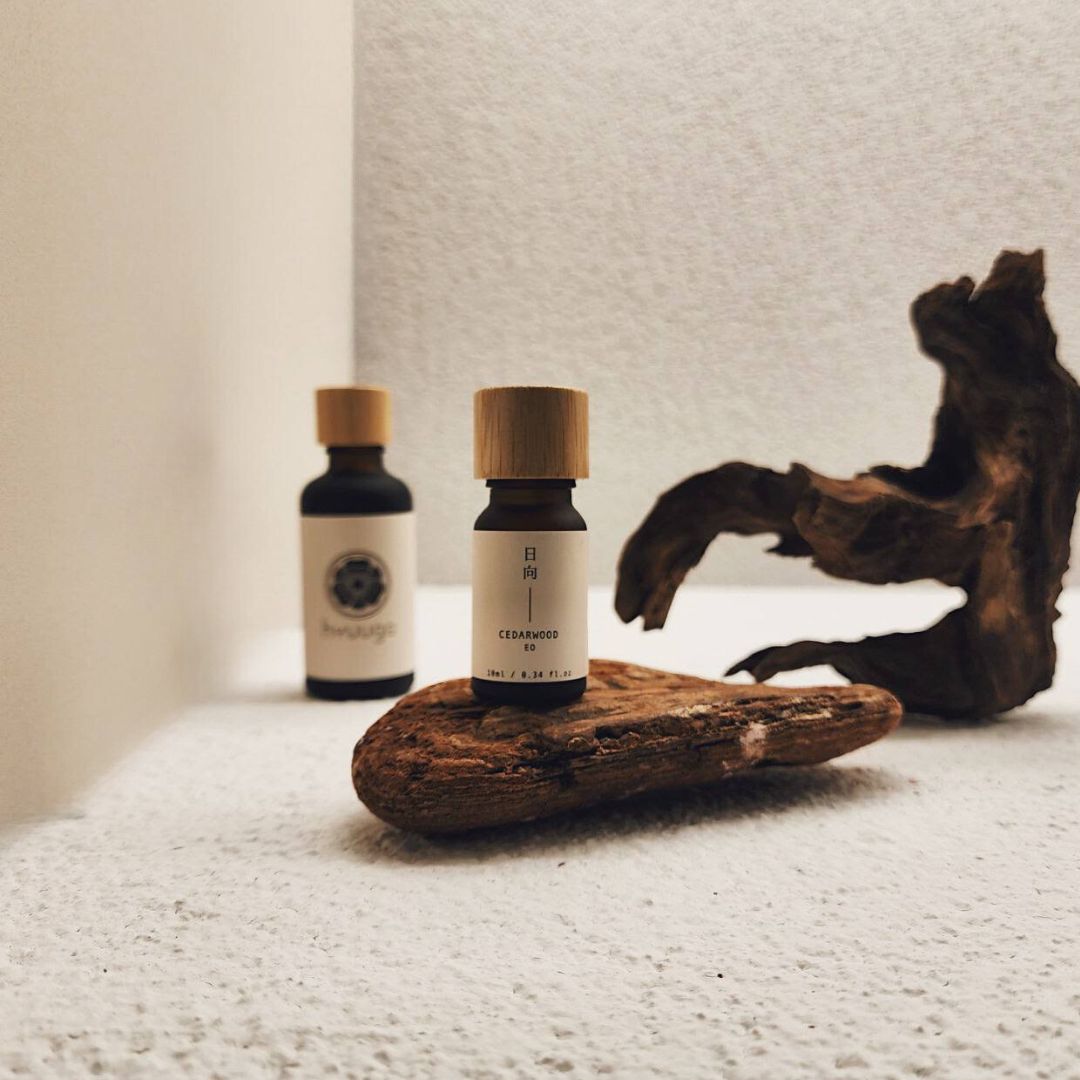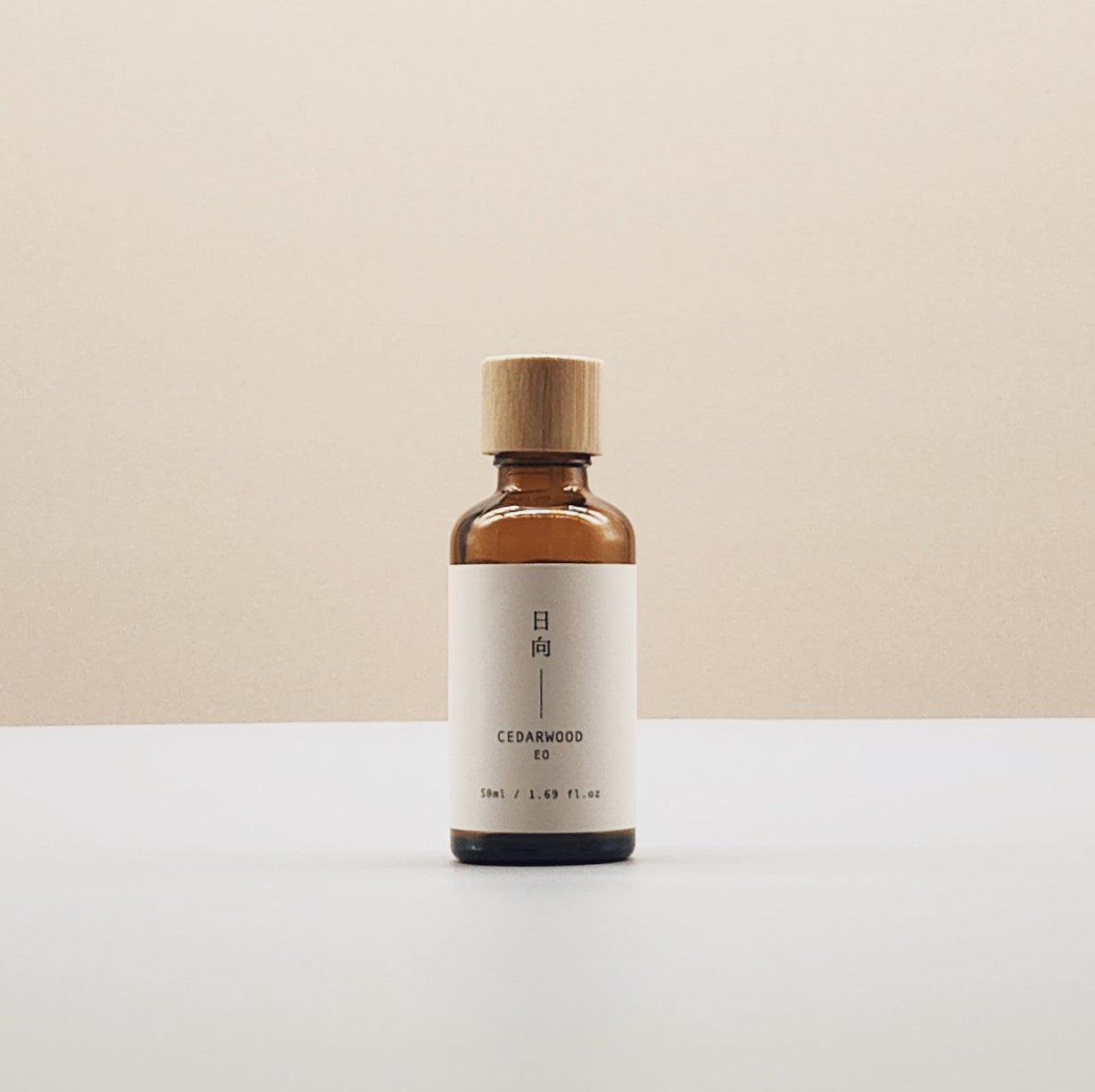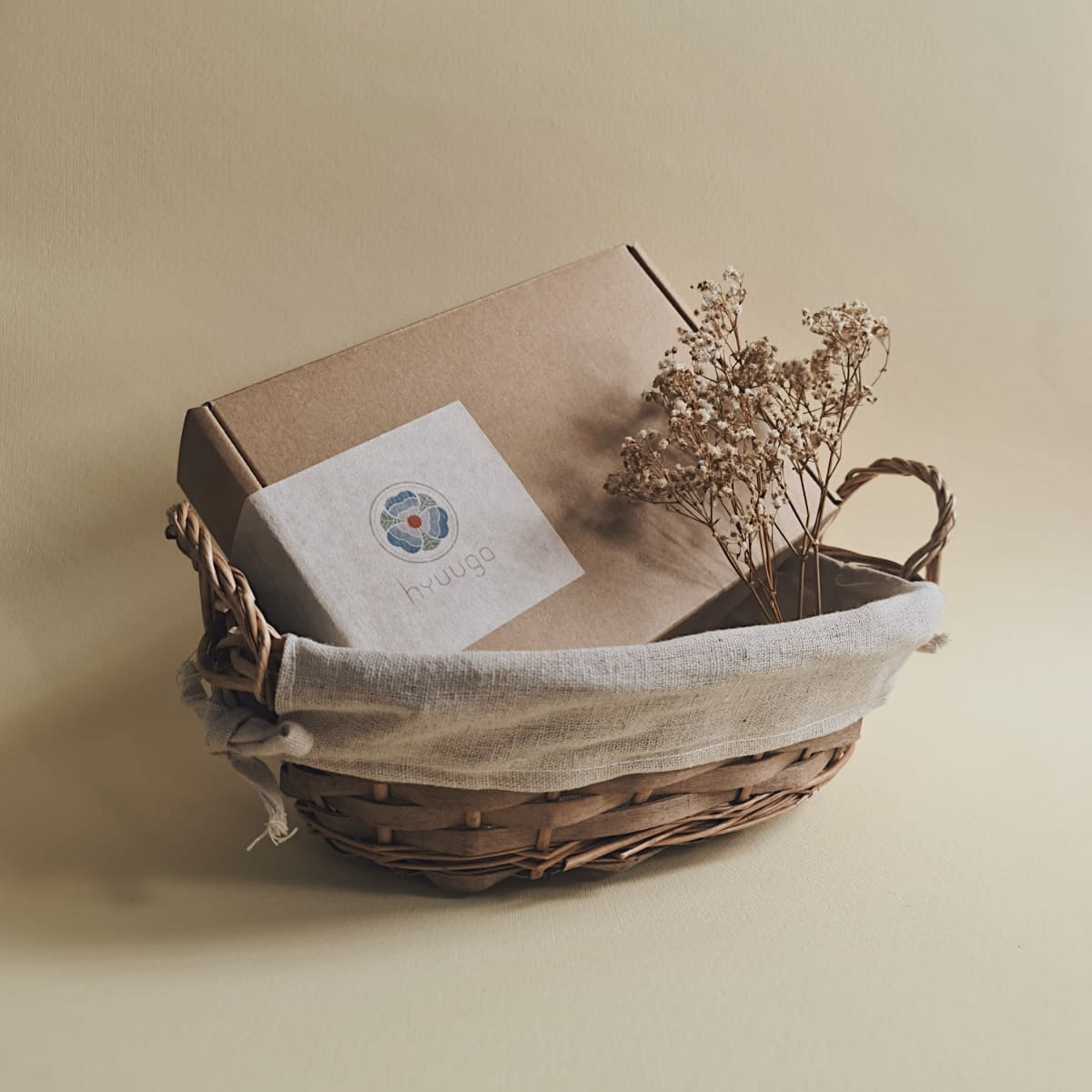Cedarwood essential oil
- Regular price
- $20.00 SGD
- Regular price
-
- Sale price
- $20.00 SGD




During Biblical times, the famed cedars of Lebanon (Cedruslibani) provided one of the world's earliest perfumes. Visitors sought solitude in this holy forest, praying and seeking spiritual guidance. Although the oldest surviving cedar tree is 2,500 years old, most Cedruslibani trees were destroyed long ago.
Noah purportedly burned an offering of cedarwood and myrtle incense to show his gratitude for surviving the great flood. Tibetans likewise burned cedarwood incense in their temples; they also used it as a medicinal remedy. The temple of King Solomon was built of cedarwood to symbolize strength, nobility, and dignity. In Greek mythology, Artemis was given the surname Cedreatis because images of her were hung high atop the cedar trees.
Cedarwood oil was an important ancient antidote for poisoning. The ancient Egyptians included cedarwood oil in their embalming preparations, and they also constructed sarcophagi from cedarwood. Many of these 3,000-year-old coffins are still in good condition. Egyptian incense, perfumes, and cosmetics often contained cedarwood. When they discovered that the reddish brown wood repelled insects, the Egyptians built ships and furniture from cedarwood. Each pharaoh owned his own ceremonial
Native Americans in what is now New Mexico treated skin rashes, arthritis, and rheumatism with Texas cedarwood. Other Native Americans burned cedar leaves as incense and used red cedar wood to fight respiratory ailments, tuberculosis, kidney infections, skin disorders, gonorrhea, venereal warts, and delayed menstruation. They also repelled insects and vermin with it. For centuries, people have lined closets and chests with cedarwood to protect valuable clothing and personal belongings from moths and other insects. At one time, a popular commercial insecticide contained cedarwood and citronella oils as active ingredients. Sachets and potpourri are commonly contained cedar chip stores that release a fresh, clean aroma into the atmosphere and combat insects.
Cedarwood oil contributes to clearing skin by healing skin rashes and clearing blemishes. It reduces excessive secretions of sebum, or oil, and normalizes both dry and oily skin and hair. Cedarwood oil controls dandruff and seborrhoea, improves the condition of the hair, and stimulates the scalp and hair follicles. It helps reduce cellulite by increasing circulation and releasing wastes. It can minimize hair loss, and some men claim that it even promotes hair growth.
Like the oils from other coniferous trees, cedarwood oil makes an excellent choice for treating respiratory problems. It eases coughs and decreases the discomforts of colds and the flu. As an expectorant, it helps expel mucus from the lungs; it also decreases the congestion common with bronchitis and sinusitis. Cedarwood oil promotes urination and is useful against urinary tract infections and prostate problems. It tones the urinary tract and may help control in assists incontinence. Its antiseptic action assists in combating infection, particularly cystitis and urethritis. It helps to reduce the pain and swelling of arthritis, backache, carpal tunnel syndrome, rheumatism, and sciatica. Cedarwood oil heals skin rashes, soothes the discomfort and irritation of dermatitis and psoriasis, and fights fungal infections such as athlete’s foot.
Cedarwood calms the mind and eases anxiety, hyperactivity, nervous tension, and stress-related conditions. It helps defuse aggression, anger, and fear. It also helps stabilize energy imbalances. Cedarwood oil can comfort you during difficult times, provide clarity during a crisis, and reinforce resolve and independence. It can help you see situations more objectively while remaining emotionally composed and confident. Even when external events, your own emotions, or other people cause you to doubt yourself and your capabilities, cedarwood can help you maintain proper perspective and faith. It restores esteem and confidence. In foreign environments or strange situations, it helps you adapt while diminishing culture shock and disorientation. Many people claim that cedarwood oil is an aphrodisiac.
Your Shopping Cart is Empty
Browse our latest collection or check your saved favorites to add more items to your cart.
Manage your profile, track your orders, and enjoy a seamless shopping journey with us.